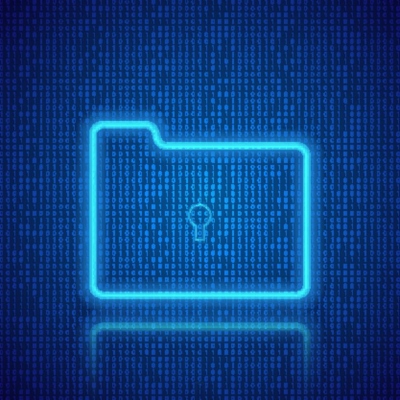Softlink IC Blog
Subscribe to our quarterly update
The Challenge of Digitizing Collections

Digitization involves the conversion of resources, currently in a physical format, into a digital one. The conversion process can extend to all existing media, including books, journals, documents, and artefacts. Managing the digitization process has become a key concern for resource managers around the world. Education, government, and corporate entities need to meet many challenges as they commit to this vital process.
The Importance of Digitization
Before you undergo a digitization project, it is essential to examine the reasons for doing so. While digital archives are becoming standard in many fields, the process of conversion can be long, expensive, and complex. Academic, legal, and health sectors, for example, often have different reasons for digitization. Any decisions should be determined by internal departmental or institutional policies.
Improving access to content is the single biggest reason for digitization. Digital archives are easier to find, share, and analyze compared to hard copies. This has implications for the content itself, which is often old and fragile. Digitization is a great way to preserve content for the future and mitigate against the risk of ageing and natural disasters. Digital formats can also link and combine content to open up new opportunities for researchers and add an element of prestige to the host organization.
Guidelines and Standards
Not all digital collections have the same goals. Institutions and organizations who plan to embark on such a project must set appropriate guidelines and standards. Once those critical elements are set, sticking to them can be a significant challenge but adhering to best practice should always be the goal.
Digitization guidelines should always meet long-term strategic initiatives and community outcomes. Recognized advisory organizations, collaborators, and technical experts can offer valuable guidance and support.
Organizations in Australia, America, and the UK for example, all have standards. In some cases, they vary according to the sector but a set of fundamental principles will generally apply.
Collaboration and Project Management
Collaboration has become a significant consideration for many projects. Important collaboration projects have taken place in the United States, the United Kingdom, and Australia. Many collections are “split” between institutions and often digitized at the same time. Establishing a common standard makes access to the collections easier.
It is important to bear in mind that while collaboration can be great way to save money and improve transparency, it can also lead to further challenges. The coordination of a large-scale project can be particularly demanding across sites and institutions. This is especially true if appropriate guidelines and standards have not been set.
DIY vs. Commercial
There are many ways to digitize content. While some organizations decide to go it alone, others enlist the help of external specialists. A DIY approach can be practical for large and well-funded organizations that have the technical resources available.
There are commercial digitization providers that also perform a valuable and much-needed service. When requesting a quote from a digitization provider, it’s essential to ask questions about their equipment, file formats, and experience. Most services offer similar options, however image files and other standards can differ between countries.
Funding and Equipment
Funding a substantial digitization project can be one of the most significant challenges facing organizations and their staff. Depending on the scope of the project and organization, funding may come from internal or external sources. Funding from a host institution is dependent on both labour and equipment.
Specialized equipment such as cameras, scanners, and software applications can be expensive to buy and maintain. Government capital may be available for academic or healthcare digitization projects but it is often a one off payment. Even if this form of funding is ongoing, the amount of money available may well be reduced in future budget periods. Another factor that needs to be planned for is the potential of a blow out in the completion date for any number of reasons.
Do your homework before approaching funding councils. Ensure the collection is in a fit state for digitization and make sure you are realistic about its worth. Being pragmatic or subjective can both be contentious. What one person feels will always have relatively little value, others may see as priceless.
Digitizing collections is a necessary step for most organizations, public and private. Establishing all the elements that need to be in place to ensure a successful outcome is vital. As for deciding what original material needs to be preserved once it is digitized, well that’s a whole separate topic in itself!
Solutions
Recent Blog Articles
Popular Articles
More
© 2024 Softlink. All Rights Reserved | Data Protection and Privacy Policy |Data Processing Agreement | Modern Slavery Statement | Careers | Cookie Policy


0 Comments